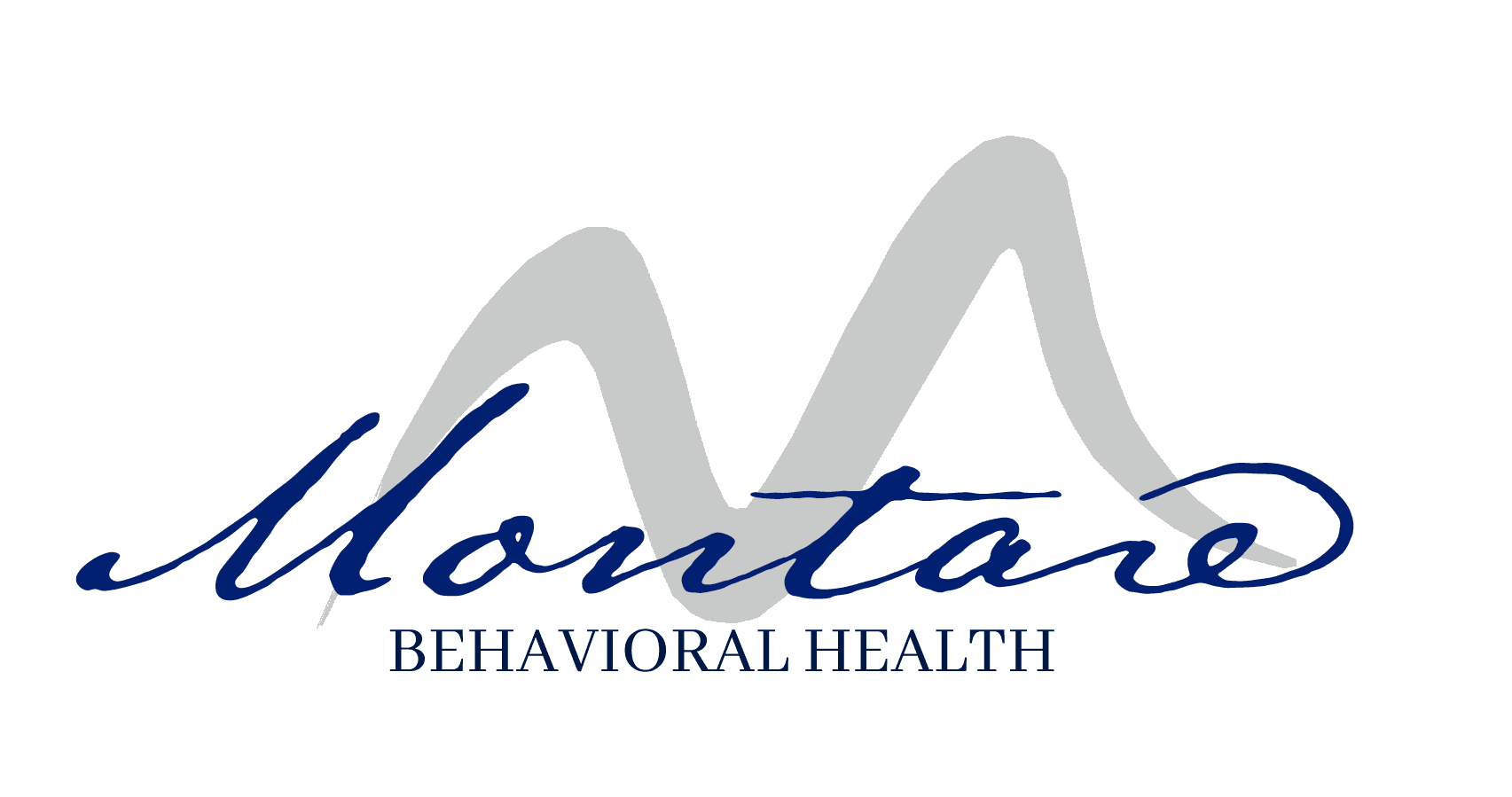Do you have Post-Traumatic Stress Disorder (PTSD) and find that conventional treatment has not given you long-lasting results? Talk therapy and traditional prescription medications can provide relief for some of the symptoms of PTSD. However, many people find that using Ketamine for PTSD is the missing puzzle piece they need.
Montare Outpatient offers many different and unique types of therapy as part of our overall program that help people address and overcome many symptoms of poor mental health. We treat a diverse population of people who struggle with PTSD, including veterans in need of assistance dealing with this challenging mental illness. Learn how ketamine for PTSD works and how it can greatly reduce your symptoms.
How Does Ketamine Work for PTSD?
Originally developed as an anesthesia, the use of Ketamine therapy at lower dosages has been shown to help reduce the symptoms of PTSD for many people. The American Journal of Psychiatry reports that using Ketamine for PTSD can help greatly improve symptoms of PTSD. Ketamine helps activate an area of the brain that influences how a person reacts to stress. Someone with an overactive major neurotransmitter that affects the nervous system may find themselves experiencing high levels of anxiety, depression, and other PTSD-related symptoms. Ketamine assists in blocking the neurotransmitter and rebalancing the person’s ability to feel calm and avoid symptoms like flashbacks.
Ketamine works well for many when it comes to influencing areas of the brain tied to emotions and long-term memory. When these areas improve, it helps the individual stop negatively reacting to events that led to developing PTSD. As a result, they develop abilities for inner healing, including a reduction in reactive triggers.
When used alongside traditional talk therapy, Ketamine therapy can help jumpstart a person’s ability to minimize their symptoms of PTSD and start feeling like their old selves again. While it will not erase the memories of the trauma they endured, it will take away much of the power it has to cripple them emotionally and allows them to move forward with their lives.
Using Ketamine for PTSD
Ketamine therapy should only be done under the close supervision of medical professionals trained to conduct it. Ketamine for PTSD can be administered in different manners. The type used will be determined by the individual needs of the person receiving it and the clinician administering it. Variables include the dosage, frequency of usage, and how the drug is delivered. The four types of Ketamine therapy include:
Intravenous (IV)
This is the most commonly used type of Ketamine therapy. A low dosage is injected into a vein during a session that lasts from 40 to 60 minutes. The person sits in a supervised setting while the drug is administered. The dosage can be adjusted based on the person’s weight and how they react to it. Using Ketamine intravenously allows it to produce results quickly and the effects can last for several days or weeks.
Intramuscular
Ketamine is introduced to the body via an injection into a muscle, similar to getting a shot. The individual will be monitored for how they react to it. It can produce rapid results similar to those achieved by using IV Ketamine.
Oral
This type of Ketamine therapy requires the person to take the drug orally using a tablet, capsule, or liquid. It can be taken at a treatment facility or at home, and its usage should be monitored by the prescribing clinician. No adjustment to the amount taken should be done without approval from a doctor. Oral Ketamine may take longer to take effect but many people find it has fewer side effects.
Nasal
Ketamine is sprayed into the nostrils via a nasal spray and can be administered at a treatment facility or at home. The prescribing clinician should monitor its usage and no changes to the dosage amount should be made without prior approval. Nasal therapy can bring quick results because of its delivery system.
Does Ketamine Therapy Treat Other Types of Trauma?
Ketamine therapy has shown to be effective in treating more than just PTSD. Other conditions it can help treat include:
- Treatment-resistant depression
- Bipolar disorder
- Obsessive-compulsive disorder (OCD)
- Anxiety disorders
- Mood disorders
- Substance use disorders
Ketamine therapy can also help people with chronic pain conditions, including fibromyalgia, neuropathic pain, and complex regional pain syndrome (CRPS). No one should begin using ketamine without the approval and supervision of a medical clinician trained to administer the drug.
Contact Montare Outpatient About Treating PTSD Today
PTSD causes a variety of troubling symptoms that alter a person’s ability to live their life in peace. While traditional talk therapy and medications can bolster a person’s ability to improve their symptoms of PTSD, sometimes it’s not enough. Montare Outpatient is a world-class treatment program for mental health disorders that offers up-to-date treatment options that change lives.
Would you like more information about how to use ketamine for PTSD? Contact us now and let’s talk about how we can help you or someone you love.

